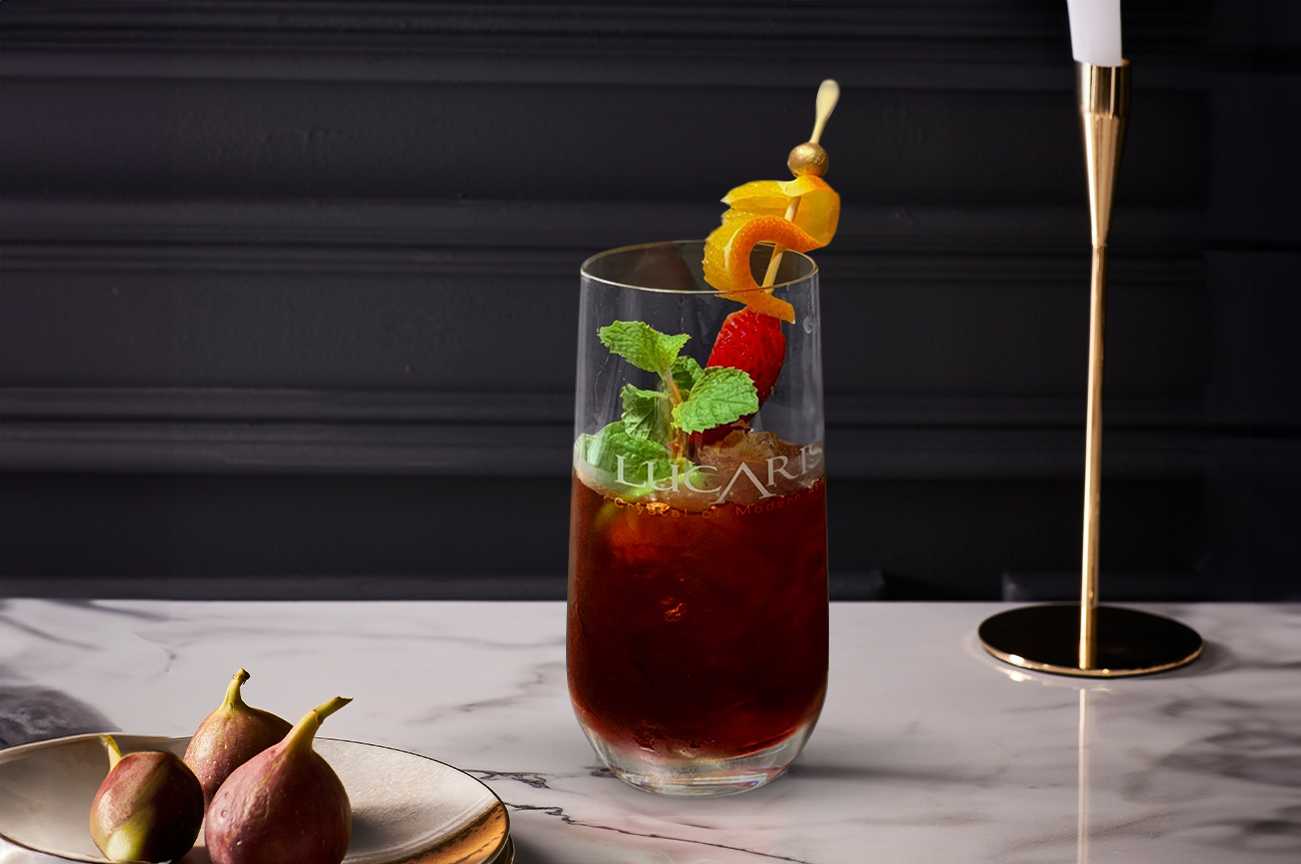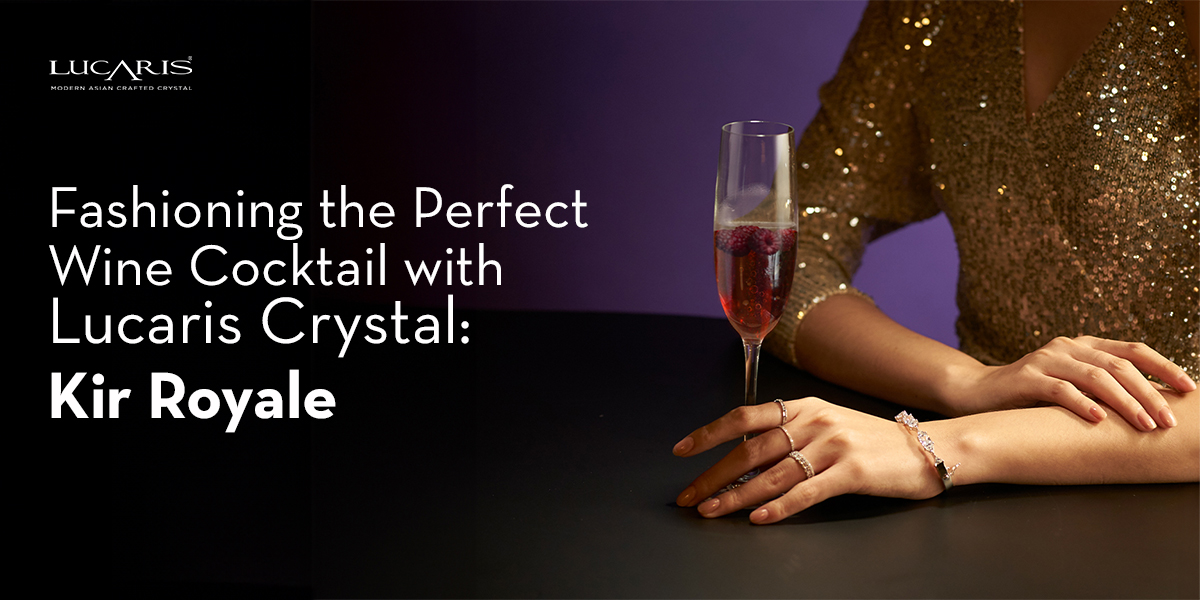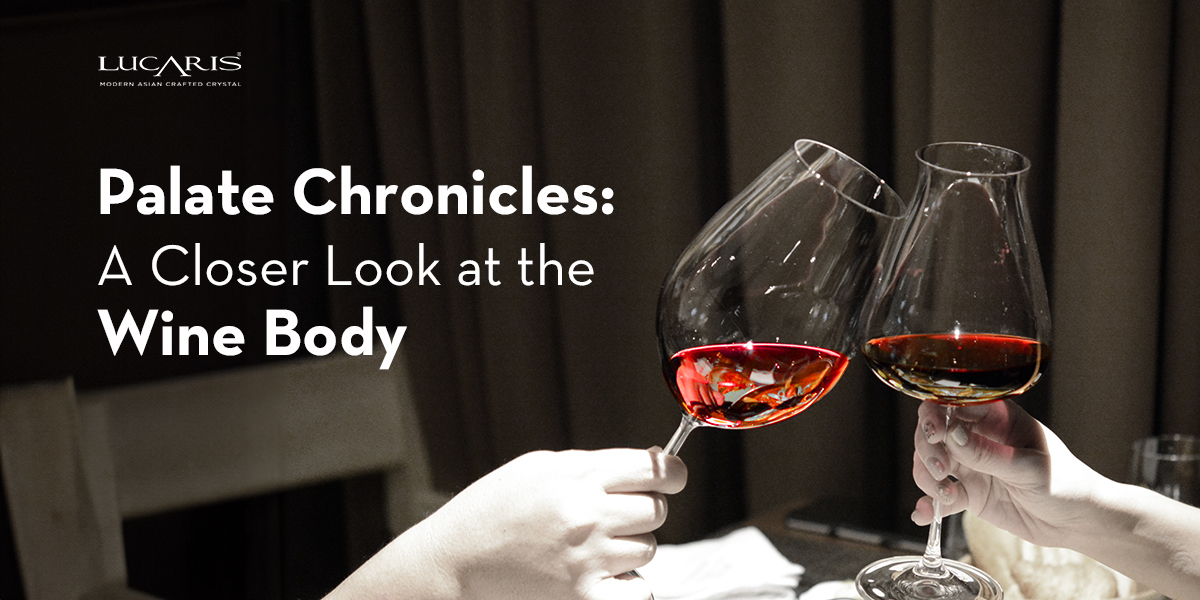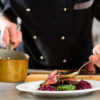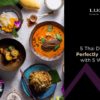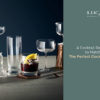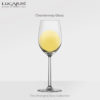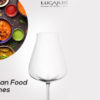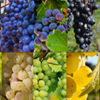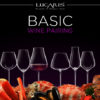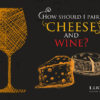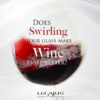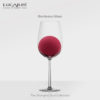5 simple tricks of pairing desi Indian food with wines
Pairing wines with Indian cuisines is not rocket science, here we solve the riddle by finding the perfect synergies from the varied palates of Indian food and wines so you can pop your precious bottle of vino and relish it with an Indian feast the next time

1. Banish colour: For the longest time, we’ve been told to follow the general rule of thumb, ‘White wines with white meats and reds for red.’ While this gives us some sense of direction it is too generic and mostly applicable to Western cuisines. In India, more than the main ingredient, it is how we cook with a dish that defines the final flavour profile. A tandoori pomfret can be spicier and thus richer than a Kerala mutton stew, thereby meriting a bigger bolder wine. Similarly a kheema dish could be much lighter than mutton kebabs, even though they are both made with the same primary ingredient. In light of this, the idea changes to be along the lines of, ‘Light wines with light dishes and rich ones for the richer preparations; red or white, both can work.’

2. Don’t forget the bread: Traditionally, Indian bread would be placed on a thaali or a big plate, thereby necessitating that we use it (or rice) to scoop up a curry/dish in order to eat it. The bread or rice lowers the spice component of the dish which is typically spiced up to balance out when taken with a carb-rich staple. To try and eat a curry as if it were a Western preparation served with a sauce is not the same thing; the spices seem much stronger and not very wine friendly. To enjoy food and wine, remember to always eat with the rice or bread; skip it and you are throwing the fine balance of the meal away.

3. Change Sequence: The one big feature of Indian cuisines is that there exists a habit to eat kebabs or the starters separately before the mains. This means that the kebabs constitute the one course when there may not be any accompanying bread. This makes the course ideal for big red wines which are oak-aged and show much tannic muscle (Reserve Cabernet Sauvignon, Shiraz or Zinfandel). Later, when we move onto the curries, they are a much milder course, and best paired with lighter fruit-driven wines (Pinot Noir or Merlot). Big wines work fine with kebabs, but they can often kill the nuanced flavours in a gravy-ed dish. So it is simply fine to turn the service order around, i.e. start with the bigger wines and move on to the softer ones.
4. Forget Courses: Indian food is rarely eaten in courses. To try and pair one wine with each and every lentil and legume preparation is akin to creating a complex permutation and combination problem. To solve this dilemma, it’s simpler to be holistic and find one wine, which can sit comfortably alongside most of the dishes present. From experience, fresh and fruity reds, even Rose´ or rich slightly oaky whites (oaked Chardonnay) sit right on that middle line. Yes, might not sound very inspiring, but it’s either this or get ready to sip from five different glasses through the meal.

5. Save the sweets: A common (mis) belief is that Asian food can and should only be paired with sweet wines. To break this myth; sweet wines can often suppress the true flavours of a dish. A big part of our cuisine is the hot, rustic spices. If you enjoy the spice on your palate, a wine that is high in minerals and acidity (Chenin Blanc or Sauvignon Blanc) will heighten the spices and bring them out. If you have a more delicate palate then opt for slightly off-dry fruity whites (Riesling, Gewurztraminer, Grüner or Veltliner) for a pleasant contrast. Either ways, too much sugar is not advisable. And when it comes to desserts, use white sweet wines for all dairy-based sweets and only in the case of desserts with a dark array of flavours, opt for a Port or a similar family wine.
Now that you got the basics down pat, here is one more, not really a rule, but an etiquette to savour your wine drinking experience: avoid wine glasses without stems. A stemless glass is not the ideal placeholder for an Indian meal experience. All this tackled, you are now on your way to enjoy a sublime wine and food experience, not one to be compared with what the West has to offer, but instead something decidedly different and varied. Cheers!
Recent Posts

5 simple tricks of pairing desi Indian food with wines
Pairing wines with Indian cuisines is not rocket science, here we solve the riddle by finding the perfect synergies from the varied palates of Indian food and wines so you can pop your precious bottle of vino and relish it with an Indian feast the next time

1. Banish colour: For the longest time, we’ve been told to follow the general rule of thumb, ‘White wines with white meats and reds for red.’ While this gives us some sense of direction it is too generic and mostly applicable to Western cuisines. In India, more than the main ingredient, it is how we cook with a dish that defines the final flavour profile. A tandoori pomfret can be spicier and thus richer than a Kerala mutton stew, thereby meriting a bigger bolder wine. Similarly a kheema dish could be much lighter than mutton kebabs, even though they are both made with the same primary ingredient. In light of this, the idea changes to be along the lines of, ‘Light wines with light dishes and rich ones for the richer preparations; red or white, both can work.’

2. Don’t forget the bread: Traditionally, Indian bread would be placed on a thaali or a big plate, thereby necessitating that we use it (or rice) to scoop up a curry/dish in order to eat it. The bread or rice lowers the spice component of the dish which is typically spiced up to balance out when taken with a carb-rich staple. To try and eat a curry as if it were a Western preparation served with a sauce is not the same thing; the spices seem much stronger and not very wine friendly. To enjoy food and wine, remember to always eat with the rice or bread; skip it and you are throwing the fine balance of the meal away.

3. Change Sequence: The one big feature of Indian cuisines is that there exists a habit to eat kebabs or the starters separately before the mains. This means that the kebabs constitute the one course when there may not be any accompanying bread. This makes the course ideal for big red wines which are oak-aged and show much tannic muscle (Reserve Cabernet Sauvignon, Shiraz or Zinfandel). Later, when we move onto the curries, they are a much milder course, and best paired with lighter fruit-driven wines (Pinot Noir or Merlot). Big wines work fine with kebabs, but they can often kill the nuanced flavours in a gravy-ed dish. So it is simply fine to turn the service order around, i.e. start with the bigger wines and move on to the softer ones.
4. Forget Courses: Indian food is rarely eaten in courses. To try and pair one wine with each and every lentil and legume preparation is akin to creating a complex permutation and combination problem. To solve this dilemma, it’s simpler to be holistic and find one wine, which can sit comfortably alongside most of the dishes present. From experience, fresh and fruity reds, even Rose´ or rich slightly oaky whites (oaked Chardonnay) sit right on that middle line. Yes, might not sound very inspiring, but it’s either this or get ready to sip from five different glasses through the meal.

5. Save the sweets: A common (mis) belief is that Asian food can and should only be paired with sweet wines. To break this myth; sweet wines can often suppress the true flavours of a dish. A big part of our cuisine is the hot, rustic spices. If you enjoy the spice on your palate, a wine that is high in minerals and acidity (Chenin Blanc or Sauvignon Blanc) will heighten the spices and bring them out. If you have a more delicate palate then opt for slightly off-dry fruity whites (Riesling, Gewurztraminer, Grüner or Veltliner) for a pleasant contrast. Either ways, too much sugar is not advisable. And when it comes to desserts, use white sweet wines for all dairy-based sweets and only in the case of desserts with a dark array of flavours, opt for a Port or a similar family wine.
Now that you got the basics down pat, here is one more, not really a rule, but an etiquette to savour your wine drinking experience: avoid wine glasses without stems. A stemless glass is not the ideal placeholder for an Indian meal experience. All this tackled, you are now on your way to enjoy a sublime wine and food experience, not one to be compared with what the West has to offer, but instead something decidedly different and varied. Cheers!
Recent Posts

5 simple tricks of pairing desi Indian food with wines
Pairing wines with Indian cuisines is not rocket science, here we solve the riddle by finding the perfect synergies from the varied palates of Indian food and wines so you can pop your precious bottle of vino and relish it with an Indian feast the next time

1. Banish colour: For the longest time, we’ve been told to follow the general rule of thumb, ‘White wines with white meats and reds for red.’ While this gives us some sense of direction it is too generic and mostly applicable to Western cuisines. In India, more than the main ingredient, it is how we cook with a dish that defines the final flavour profile. A tandoori pomfret can be spicier and thus richer than a Kerala mutton stew, thereby meriting a bigger bolder wine. Similarly a kheema dish could be much lighter than mutton kebabs, even though they are both made with the same primary ingredient. In light of this, the idea changes to be along the lines of, ‘Light wines with light dishes and rich ones for the richer preparations; red or white, both can work.’

2. Don’t forget the bread: Traditionally, Indian bread would be placed on a thaali or a big plate, thereby necessitating that we use it (or rice) to scoop up a curry/dish in order to eat it. The bread or rice lowers the spice component of the dish which is typically spiced up to balance out when taken with a carb-rich staple. To try and eat a curry as if it were a Western preparation served with a sauce is not the same thing; the spices seem much stronger and not very wine friendly. To enjoy food and wine, remember to always eat with the rice or bread; skip it and you are throwing the fine balance of the meal away.

3. Change Sequence: The one big feature of Indian cuisines is that there exists a habit to eat kebabs or the starters separately before the mains. This means that the kebabs constitute the one course when there may not be any accompanying bread. This makes the course ideal for big red wines which are oak-aged and show much tannic muscle (Reserve Cabernet Sauvignon, Shiraz or Zinfandel). Later, when we move onto the curries, they are a much milder course, and best paired with lighter fruit-driven wines (Pinot Noir or Merlot). Big wines work fine with kebabs, but they can often kill the nuanced flavours in a gravy-ed dish. So it is simply fine to turn the service order around, i.e. start with the bigger wines and move on to the softer ones.
4. Forget Courses: Indian food is rarely eaten in courses. To try and pair one wine with each and every lentil and legume preparation is akin to creating a complex permutation and combination problem. To solve this dilemma, it’s simpler to be holistic and find one wine, which can sit comfortably alongside most of the dishes present. From experience, fresh and fruity reds, even Rose´ or rich slightly oaky whites (oaked Chardonnay) sit right on that middle line. Yes, might not sound very inspiring, but it’s either this or get ready to sip from five different glasses through the meal.

5. Save the sweets: A common (mis) belief is that Asian food can and should only be paired with sweet wines. To break this myth; sweet wines can often suppress the true flavours of a dish. A big part of our cuisine is the hot, rustic spices. If you enjoy the spice on your palate, a wine that is high in minerals and acidity (Chenin Blanc or Sauvignon Blanc) will heighten the spices and bring them out. If you have a more delicate palate then opt for slightly off-dry fruity whites (Riesling, Gewurztraminer, Grüner or Veltliner) for a pleasant contrast. Either ways, too much sugar is not advisable. And when it comes to desserts, use white sweet wines for all dairy-based sweets and only in the case of desserts with a dark array of flavours, opt for a Port or a similar family wine.
Now that you got the basics down pat, here is one more, not really a rule, but an etiquette to savour your wine drinking experience: avoid wine glasses without stems. A stemless glass is not the ideal placeholder for an Indian meal experience. All this tackled, you are now on your way to enjoy a sublime wine and food experience, not one to be compared with what the West has to offer, but instead something decidedly different and varied. Cheers!
Recent Posts


